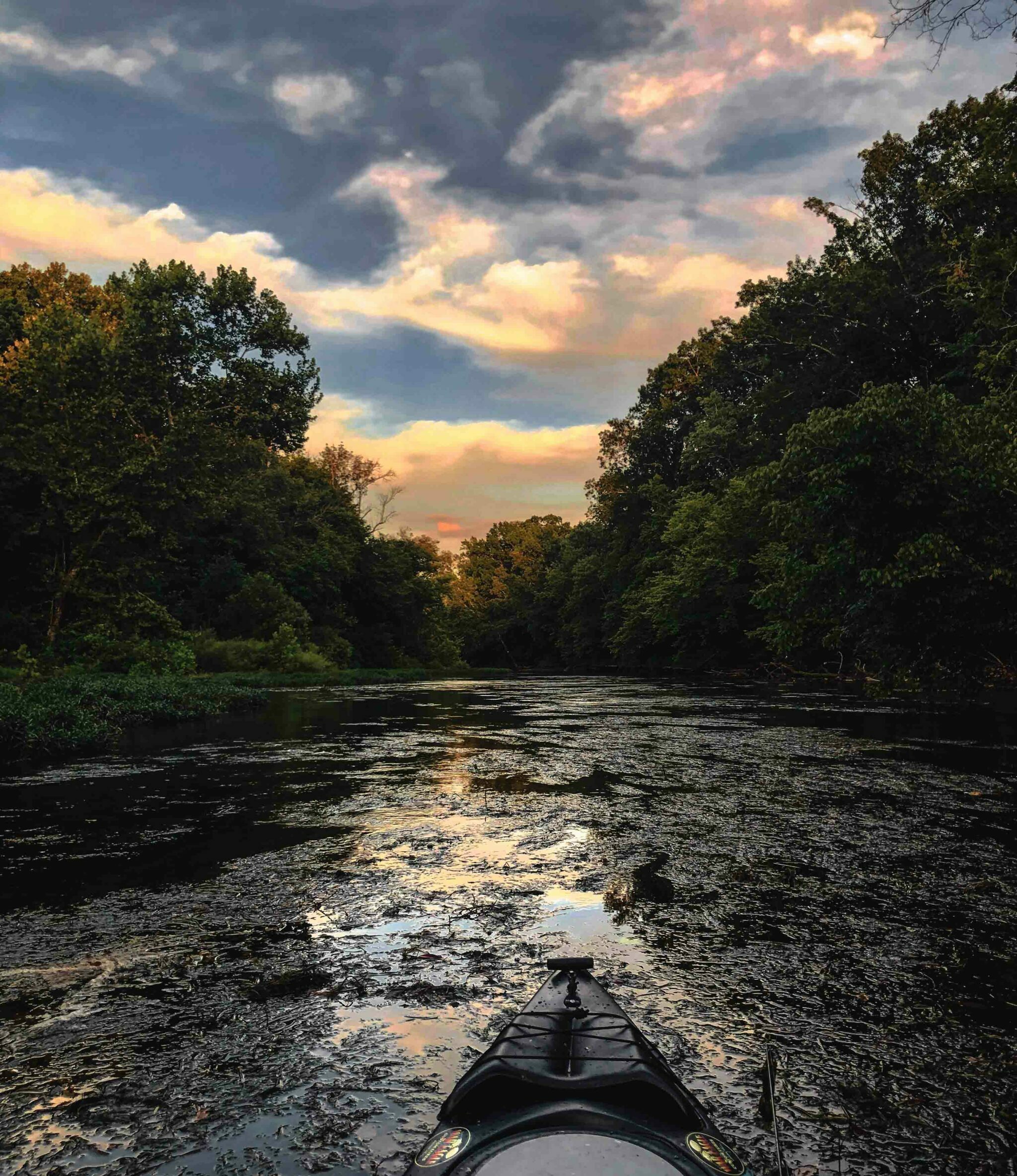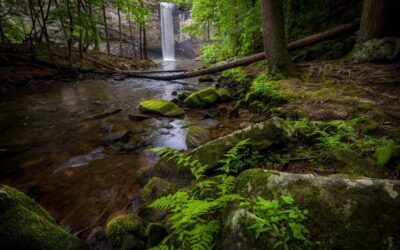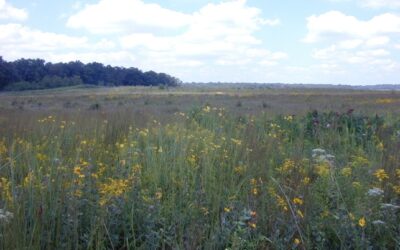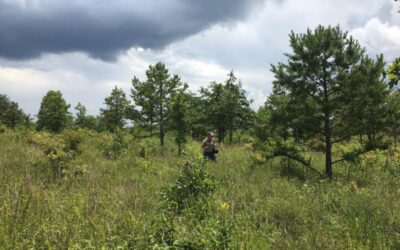Restoring Streams & Rivers
Why Streams & Rivers?
of Tennessee’s streams and rivers that have been assessed are polluted or their health is impacted, meaning they do not support their classified uses. Less than half have been assessed.
of Tennessee’s streams & rivers are not fit for human recreational use.
565
of river have public advisories for contaminated fish (as of June 2022).

Streams and rivers are some of the most important natural resources in the state.
Tennessee’s more than 60,000 miles of streams and rivers create habitat for numerous species of fish, mussels, aquatic insects, and much more. They also irrigate cropland and provide drinking water for people and wildlife across the state.
Historically, it was common to channelize streams and rivers or modify the banks and path of the water for agricultural purposes. Today, Tennessee Wildlife Federation is working to restore the natural channels and flow of streams and rivers across the state, which will improve water quality, create healthier ecosystems, and provide numerous opportunities for outdoor recreation.
What we do for streams & Rivers
11
of streams and rivers restored to their natural flow.
5
of monitoring to measure success and long-term viability of restored wetlands.
Are you a landowner?
Interested in learning if your land is a fit for habitat restoration?
Give
Your generosity helps manage wildlife populations and restore habitats for a more vibrant Tennessee.
More Habitat Restoration
Habitats We Restore
Tennessee Wildlife Federation works with private landowners and public agencies to conserve and restore the four major habitat types in Tennessee: forests, grasslands, rivers, and wetlands.
Types of Grasslands in Tennessee
Grasslands are a critical habitat for wildlife! They were once widespread in Tennessee, but more than 90% of those grasslands are now gone.
Reviving Tennessee: Savage Gulf State Natural Area
As part of a multi-state grant in 2018, Tennessee Wildlife Federation facilitated the restoration of more than 3,000 acres of shortleaf pine habitat within Savage Gulf State Natural Area



